 Editors Note: This post was written by Kyjean Tomboc. She will be contributing to the PayrollHero blog from time to time.
Editors Note: This post was written by Kyjean Tomboc. She will be contributing to the PayrollHero blog from time to time.
Before air conditioned supermarkets, food specialty stores, and weekend farmers’ markets came into fashion in Cebu City, there were three major food-shopping destinations that locals from all walks of life trooped into on a regularly basis. You wake up at 3 in the morning and march down to Pasil for the freshest seafood of the day. You head to Tabo-an if you want to stock up on sun-dried fish and squid. And then there’s Carbon, the mother of all wet markets dotted throughout the city, where every produce and wares imaginable can be found.
A Quick Lesson in History
The Treaty of Paris in 1898 resulted to Spain’s cession of the Philippines to the Americans. This development led to the establishment of a railway system in Cebu (yes, there used to be one!) in the 1900s which went as far as Danao to the north and Argao to the south of the island. Coal, one of the major products transported via the railway line, was mainly unloaded in the site where a large portion of the Carbon Market stands today. Hence, the area earned its name Carbon which the locals that time used to refer to coal.
More than a hundred years later, you will not find large deposits of coal in this portion of downtown Cebu but all manner of produce – from what’s available the whole year ‘round displayed in all their glory on the asphalt road to interesting gourmet finds that are only accessible if you’re bold enough to enter dark alleys.
Carbon Market Today
The allure of Carbon Market has to do with how everything you can buy from here is cheap. Unbelievably cheap. For the most part, there is no middle man. Vendors either pay low rent or simply find a tiny space in the middle of the market and simply stay there until they’re done for the day.
In October 2010, Joel Binamira, owner of Zubuchon and the Market Man behind the popular Market Manila blog surveyed his readers of the top 12 produce they purchase regularly and asked them to post the total amount they’ve spent on the same set of items. He also asked for the local market or grocery where they bought the produce to be included in their answers. From 34 different shops and markets spanning the country’s main cities, the lowest amount spent for the 12-item list was at Cebu’s Carbon Market.
The market has an interesting personality as the people who populate it, majority of which are from neighboring towns and provinces who settled in the peripheries of the market with their makeshift homes. Many of these settlers have also found a living within the market itself.
Like the mishmash of regional culture among its vendors and the people who call it their home, Carbon is equal parts lively, chaotic, and brimming with a hodgepodge of wares to offer – from fresh produce delivered straight from Mantalongon, Dalaguete (Cebu’s Little Baguio) to ukay-ukay to fighting cocks.
Making Your Way to Cebu’s Carbon Market Like a Pro
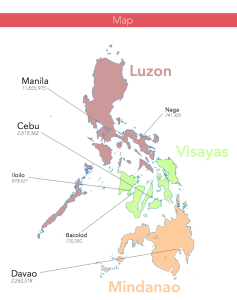 Navigating Cebu City’s mother of all wet markets can be tricky and intimidating for the uninitiated. This guide is not going to tell you where to find the freshest and cheapest kilo of mangoes in the market nor reveal how much a kilo of pork tenderloins will typically cost when you buy from there. We will leave the mini-discoveries to you! We will, however, provide tips and hacks that are guaranteed to help you become a Carbon Market pro!
Navigating Cebu City’s mother of all wet markets can be tricky and intimidating for the uninitiated. This guide is not going to tell you where to find the freshest and cheapest kilo of mangoes in the market nor reveal how much a kilo of pork tenderloins will typically cost when you buy from there. We will leave the mini-discoveries to you! We will, however, provide tips and hacks that are guaranteed to help you become a Carbon Market pro!
- The market is open 24/7 yet the best time of the day to shop is either early morning or late in the evenings. At around these times, most of the stores in the area are closed for business, giving vendors a chance to occupy the store’s front portion and display their goods. On weekends, you’ll find out that most of these vendors are farmers from the countryside, selling their backyard produce. At one point, we found pomegranates sold at 3 pesos a piece back when it was in season. We scoured supermarkets around the same time but not a piece of pomegranate was seen.
- Ask and ye shall find! It’s easy to assume that the items on display are the only ones being sold. It’s an entirely different story at the Carbon market though. Say you’re looking for itlog bisaya (free-range eggs)? Often, these rare finds are hidden in some basket or wrapped in paper and are rewarded to those who asked for it.
- The market is notorious for pickpockets. While the local government has made serious efforts to reduce thievery in the area, it pays to be always on guard. Dress down and leave those pretty little blings at home.
- A designated parking spot is available. However, it could get filled to capacity during rush hour and weekends. Many find parking a few blocks away from the market and simply walk their way into the crowd and vendors.
- Think before you haggle. While it’s okay to haggle, particularly if you’re buying in bulk, most of the vendors are only trying to make an honest living. The prices are already cheap, so why haggle?
- Think of it as a treasure hunt rather than a usual day in the market. Rare finds such as kesong puti (white cheese) carefully wrapped in banana leaves, free range eggs, turmeric, and herbs such as cilantro, coriander, and thyme are typically associated with gourmet food shops or specialty stores. They are, however, can be found at the Carbon Market if you’re willing to delve deeper into the market’s dark (often damp) underbelly. Hint: only one vendor is known to sell kesong puti in the market on weekdays!
- Find a local who has considerable experience navigating the market to accompany you on your first visit.
Given the bargain prices of high-quality produce, it’s no wonder that the Carbon Market continues to attract shoppers of all stripes – from housewives on a tight weekly budget to restaurant owners looking for food purveyors. Stop by at the market when you can!
Have you been to this side of the city recently? We’d love to hear about your Carbon Market experience!
Want to learn more about the restaurant industry in the Philippines? Download our free Philippine Knowledge Kit, full of market analysis for restaurant owners.

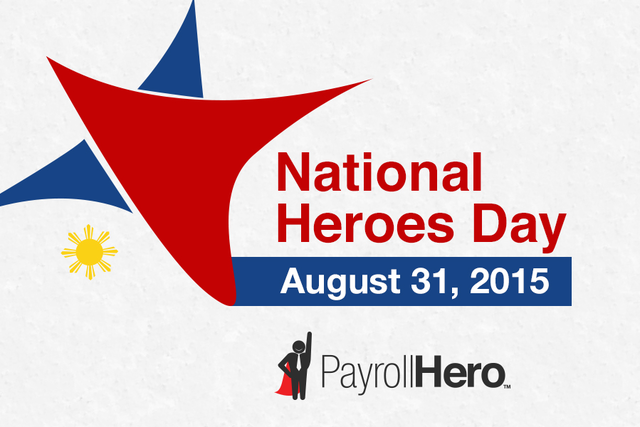
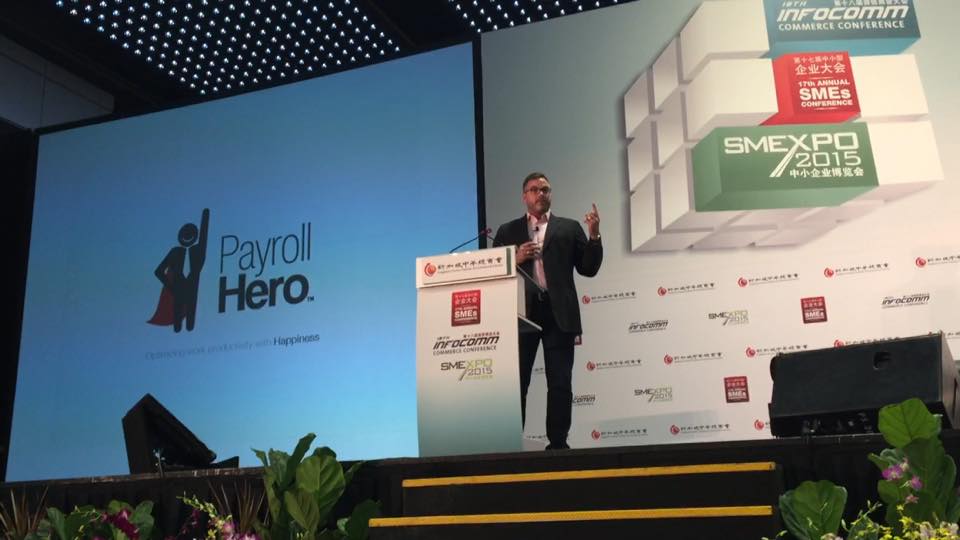
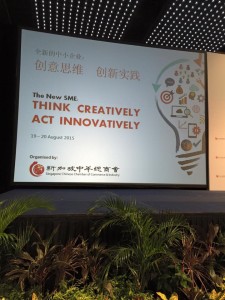 The theme for the conference was “The new SME. Think Creatively. Act Innovatively”. The concept was all about helping Singapore’s small and medium enterprises think outside the box when it comes to their challenges. Singapore’s SME sector has challenges around finding and retaining talent, growing outside the country and using technology to take businesses to the next level.
The theme for the conference was “The new SME. Think Creatively. Act Innovatively”. The concept was all about helping Singapore’s small and medium enterprises think outside the box when it comes to their challenges. Singapore’s SME sector has challenges around finding and retaining talent, growing outside the country and using technology to take businesses to the next level.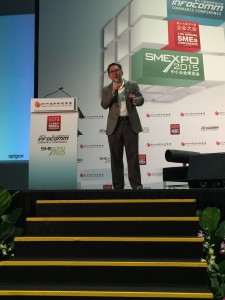 I was up next with the simple task of telling my story. Myself and my business partner Michael Stephenson has been in business together since 2000 and
I was up next with the simple task of telling my story. Myself and my business partner Michael Stephenson has been in business together since 2000 and 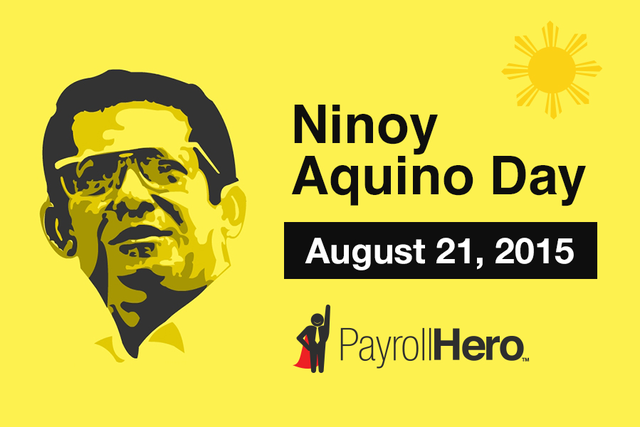
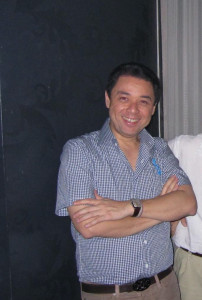 1. Can you tell us more about your background in retail?
1. Can you tell us more about your background in retail?  2. Your clothes are pretty famous, even the President wears them, how did that come about?
2. Your clothes are pretty famous, even the President wears them, how did that come about?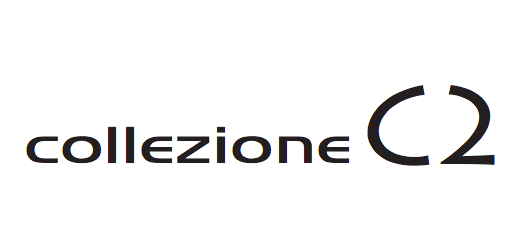 4. How do you decide on a location? (mall, street level, etc)
4. How do you decide on a location? (mall, street level, etc) 6. What was the tipping point for you?
6. What was the tipping point for you? 